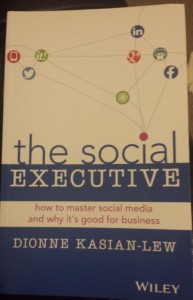A dove is a small bird.
It is a member of the Columbidae family of which includes approximately 310 species around the world.
However, when searching the word Dove on the internet you will find that the pages you come across are not simply restricted to its context as bird.
Dove is also the renowned name of a global personal care brand, chocolate manufacture and is the universally recognised symbol for peace, derived from the christian religion.
As a result of this symbolism, the dove has also become a popular design for body tattoos.
The above is an example of hypermedia, a piece of writing that comprised of many chunks of interlinked texts consisting of both text and imagery. As you can see the text may have one common denominator, such as the dove, which relates the various links. However, readers are not bound to a particular sequence and may browse through information by association, following their interests by clicking on a highlighted keyword or phrase in one piece of text to bring up another, associated piece of text.
As we can see here, although the above passage is about the word ‘dove’, through each of the links, and the different content found through each link, we realise that the passage holds a a very diverse range of information and is fact perhaps more unrelated than related.
Irrespective of what you wish to search online, hypermedia is inescapable. The way we communicate online is now through the use of hyperlinks. Hyperlinks allow us to connect with each other on a global scale and allow content to be extend on in new and unique ways by enabling a connection between multiple separate ideas, concepts or information that may then create a new perspective or approach.
Additionally, as a result of the network like configuration of hypermedia, the environment it creates is inherently non linear. As expressed in this week’s reading, the development of hypertext has displaced the literary problems created by the axial structure of linear text. As online readers, we now have no beginning or end to a text, and better yet, we are able to interact with media that holds no barriers.
